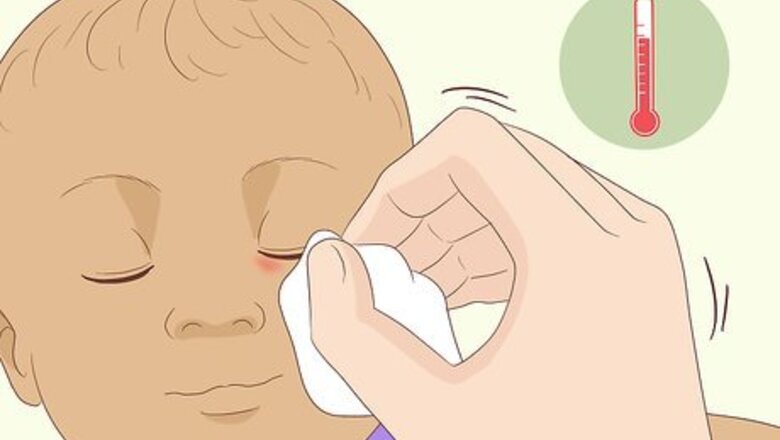
views
- Clean the area with warm water and use a warm compress to promote drainage.
- Massage the eye gently to open up the tear duct and let it drain.
- See a doctor for medical treatment, like antibiotics or eye drops.
Home Remedies
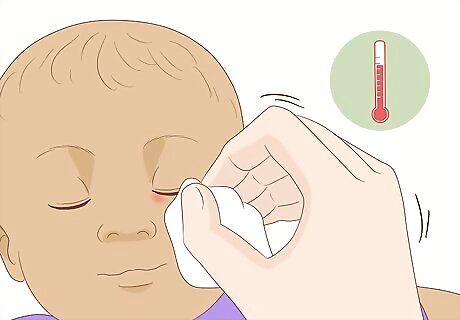
Cleanse the area with warm water 2 to 3 times per day. Get a washcloth or a cotton ball wet with warm (not hot) water, then gently wipe away the drainage from your eye. As you wipe, use a clean part of the washcloth or the cotton ball to avoid spreading any of the infection back into your eye. Keep cleansing the eye until the blocked tear duct clears up.
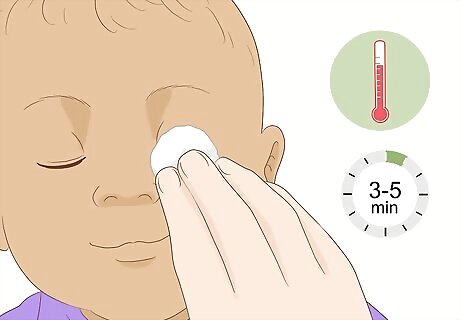
Apply a warm compress to promote drainage. Get a washcloth wet with warm water, then squeeze out any excess. Press the compress against the top of the tear duct for 3 to 5 minutes to open up the tear duct and allow it to drain. Never use the same washcloth on both eyes. If you have a blocked tear duct in your other eye, use a second, clean washcloth instead.
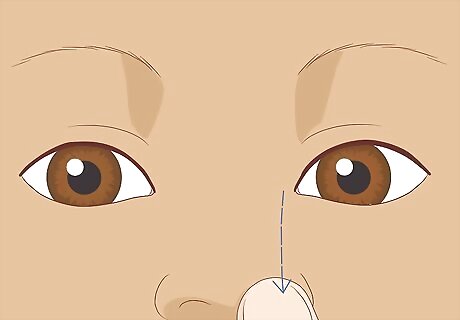
Massage the area to unblock the duct. A lacrimal sac massage opens up the tear duct to encourage drainage. Place your index fingers at the corners of the eye, close to the sides of your nose. Apply pressure to the spot for several seconds, then release. Repeat this massage up to 5 times per day to promote healing. Your doctor may show you how to perform this massage on yourself or on your baby. Always remember to wash your hands before performing a lacrimal sac massage, as you don't want to risk introducing bacteria to the eyes and causing an infection.
Medical Treatment
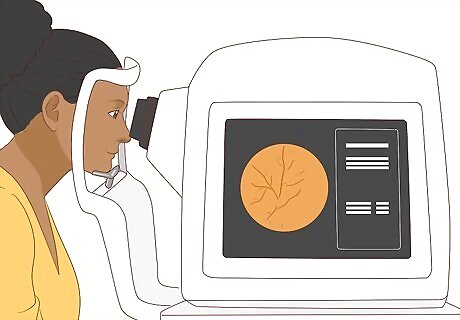
See your doctor if your symptoms worsen. Physical examination by a medical professional is required in order to diagnose a blocked tear duct. While simple inflammation might be causing the blockage, it could also be a tumor or another serious medical problem, so it's important to see your doctor. To test for a blocked tear duct, the doctor will flush out the eye using a special liquid that has a flavor. If the flavor cannot be tasted in the back of the throat, then a blocked tear duct will likely be diagnosed. Other tests may include an X-ray or CT scan of the tear duct area (called a dacryocystogram). The doctor will also ask you to describe your symptoms, which are of great clinical value as they can help to rule out other eye conditions like congenital conjunctivitis and glaucoma.
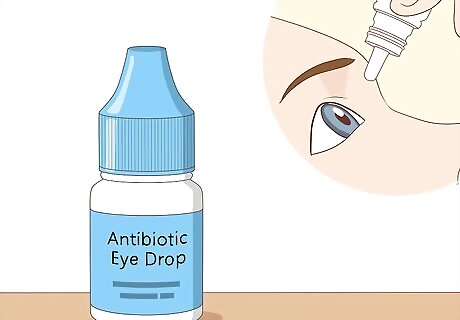
Use antibiotic eye drops or ointment. Eye drops and ointments are usually prescribed first for blocked tear ducts, since they help tackle infections. Go to the doctor and get a prescription, then use the drops as your doctor recommends. To use the eye drops, shake the bottle well, tilt your head back, then place the recommended number of drops into the eye. Close the eye for 30 seconds to a minute to allow the eye drops to be absorbed. Always wash your hands before using eye drops to avoid introducing bacteria to the eye. After applying the eye drops, wash your hands again.
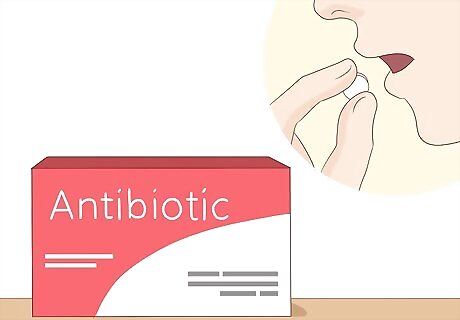
Take oral antibiotics to fight tear duct infection. Oral antibiotics will be prescribed to help with the blocked tear duct if the cause of the blocked duct is infection. These medicines will not open up your tear duct, but they do help cure the infection. Oral antibiotics are usually recommended for gonococcal and chlamydial infections of the eye. Broad-spectrum antibiotics are generally used for bacterial conjunctivitis. Always take the recommended dosage prescribed by your doctor.
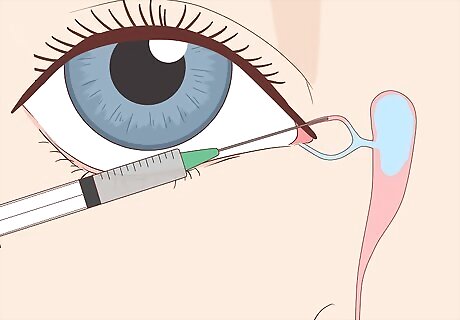
Ask your doctor about probing and irrigation. Dilation, probing, and irrigation is a minimally invasive treatment that can also be done to clear a blocked tear duct. *The procedure is performed by dilating the puncta (the two little holes in the eyelid) with a tiny metal dilating tool. After that, a probe is moved through the passageway until it reaches the nose. When the probe reaches the nose the passage is irrigated using a sterile liquid. This procedure is done as an outpatient procedure that is really easy for an adult. For a baby, it is usually performed under general anesthesia. The procedure only takes about 30 minutes. If you (or your child) are set to receive this treatment, it's important that you avoid taking aspirin, ibuprofen, or another over-the-counter NSAID in the 2 weeks before the surgery, as it could lead to bleeding.
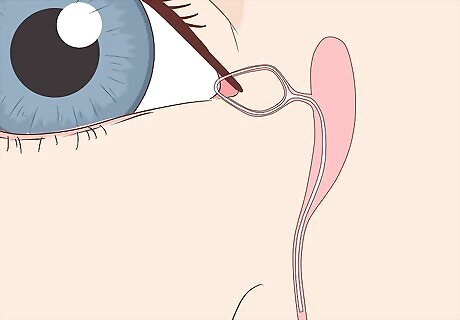
Consider "stenting" or intubation treatment. Intubation is another minimally invasive treatment option. Similar to probing and irrigation, its goal is to open the blockage in the tear duct. During the procedure, a thin tube is then inserted through the tear sac at the corners of the eyes until it reaches the nose. This tube is then left in the duct for 3 to 4 months to allow the tear duct to drain and prevent it from getting blocked again. Typically, this procedure is done under general anesthesia. The tube itself is barely noticeable, but after the surgery certain precautions must be taken to prevent infection. You must avoid rubbing your eyes in case you move or damage the tube and you must always remember to wash your hands before touching your eyes.
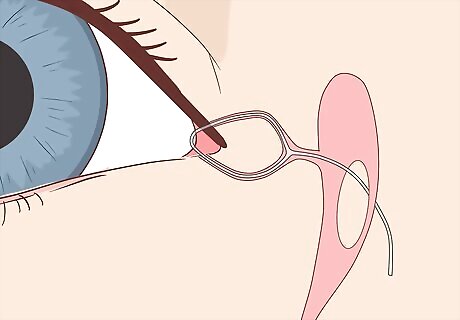
Undergo surgery as a last resort. When the tear duct cannot be unblocked using one of the methods described above, it needs to be removed entirely in a procedure known as a dacryocystorhinostomy. This is done by creating a bypass communication between the tear duct and the nose, which allows the tears to drain. Laser dacryocystorhinostomy involves an endoscope that has a laser that can cut through body tissues. The laser will cut a hole in the nasal bone to connect the tear duct and the nasal cavity. A fistula is then inserted in the duct, serving as the passageway of the tears.
Symptoms and Causes
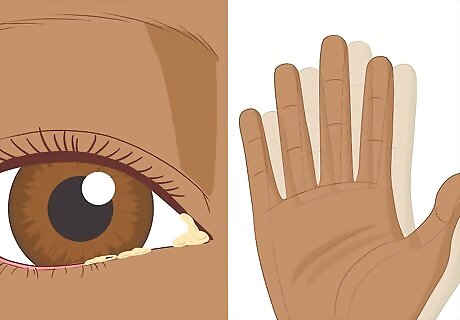
Look for symptoms like watery eyes and crust. The most common symptom is increased tearing in the eye. These tears may overflow to the face. When suffering from a blocked tear duct, tears may be a little bit thicker than normal and crust over as they dry. Other symptoms include: Recurrent eye inflammation or infection. Blurred vision. Mucus or pus-like discharge in the eye lids. Blood-tinged tears. Fever.
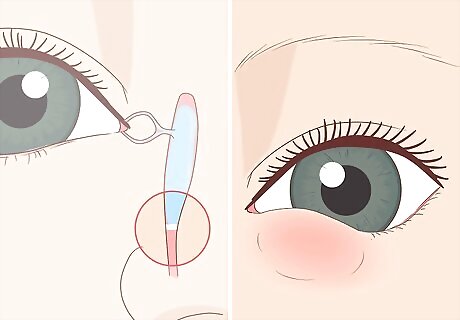
Check for an infection in the eye. A blocked tear duct (also known as dacryocystitis) happens when there is an obstruction in the passageway that connects the eyes to the nose or when the duct fails to open. This is most common in newborn babies, but it can also happen to adults as a result of infection, injury, or tumor. Here are the common causes: Congenital blockage, which happens often in newborns Age-related changes Infections in the eye Trauma to the face Tumors Cancer treatments
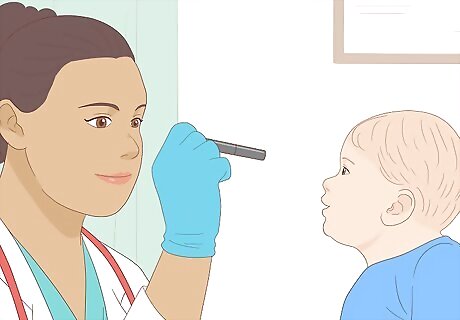
Prevent a blocked tear duct by treating eye infections promptly. Even mild eye infections (like pink eye) can lead to a blocked tear duct, especially long-term. If you ever have an eye infection, visit your doctor right away for diagnosis and treatment. Blocked tear ducts are very common in babies, especially those under 6 months old. For babies, it isn’t really possible to prevent a blocked tear duct; treating it is the best way to clear the infection up fast.



















Comments
0 comment